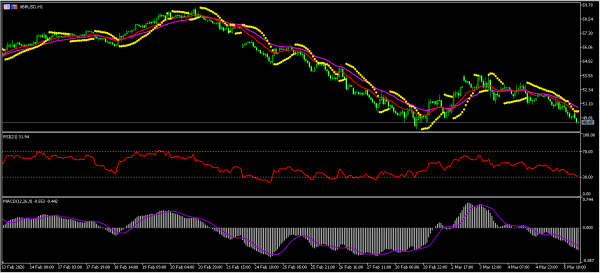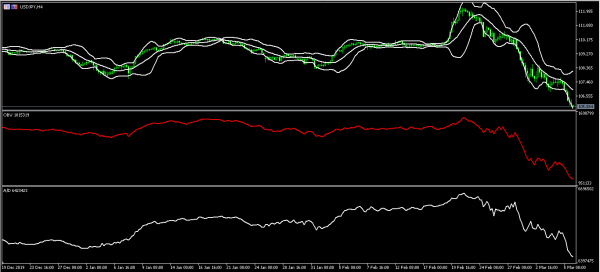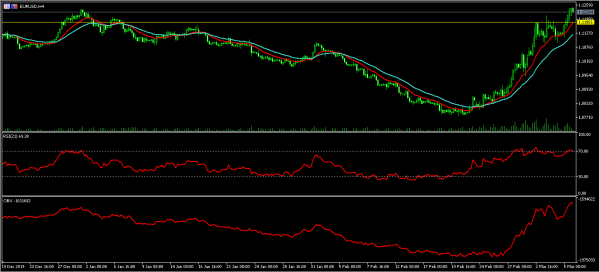Wall Street had another rollercoaster day yesterday as the three main indices declined by more than 3 percent and US treasuries reached an all-time low. Investors had two concerns. First, coronavirus has continued to spread in the United States, which will affect the economy significantly. Second, the market is concerned that the Fed will cut interest rates in its March meeting. By cutting rates very early, the Fed has put itself in a difficult situation if the economy weakens more.
The price of crude oil declined as OPEC members met in Vienna. The ministers said that they would recommend OPEC+ makes additional cuts of 1.5 million barrels a day until the end of 2020. The biggest challenge is whether Russia will accept the new recommendations. In the past, Russia has resisted measures to slash this production. These cuts are necessary because the demand for oil has tanked. In China, more people are staying indoors and many airlines are seeing less traffic. Just yesterday, IATA warned that airlines could lose up to $130 billion this year because of the virus.
The US dollar eased against major currencies as traders priced-in another rate cut by the Fed. Today, we will receive the employment data from the US. Economists expect the economy to have added 175k jobs in February. This is lower than the 225k jobs that were added in January. Private nonfarm payrolls are expected to rise by 160k while the unemployment rate is expected to remain at 3.6%. Average hourly earnings are expected to have risen by 0.3%. We will also receive employment data from Canada, where the unemployment rate is expected to have remained unchanged at 5.6%. Economists expect that the country added 10k jobs.
EUR/USD
The EUR/USD pair moved past the important resistance of 1.1185 and reached a high of 1.1250, which is the highest level since July 2018. The RSI has moved to the overbought level of 70 while the on-balance volume continued to rise. The price is also above the 14-day and 28-day exponential moving average. The pair may continue to rise as traders price-in another rate cut.
XBR/USD
The XBR/USD pair declined to an intraday low of 49.48, which is the lowest level since Monday this week. The price is below the 14-day and 28-day exponential moving averages while the RSI and MACD have continued to decline. The dots of the Parabolic SAR are above the price. The pair may decline further if Russia opposes new measures to limit production.
USD/JPY
The USD/JPY pair has been on a sharp decline since Tuesday when the Fed cut interest rates. The pair has dropped from a high of 112.23 to an intraday low of 105.82. This price is along the lower line of the Bollinger Bands. The on-balance volume and accumulation/distribution indicators have also declined. The pair may continue to decline ahead of the NFP data.














